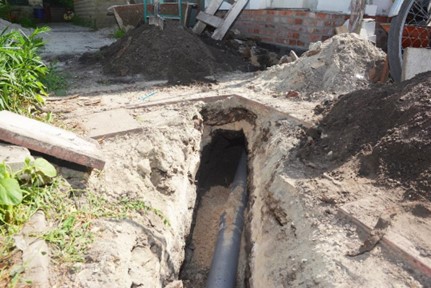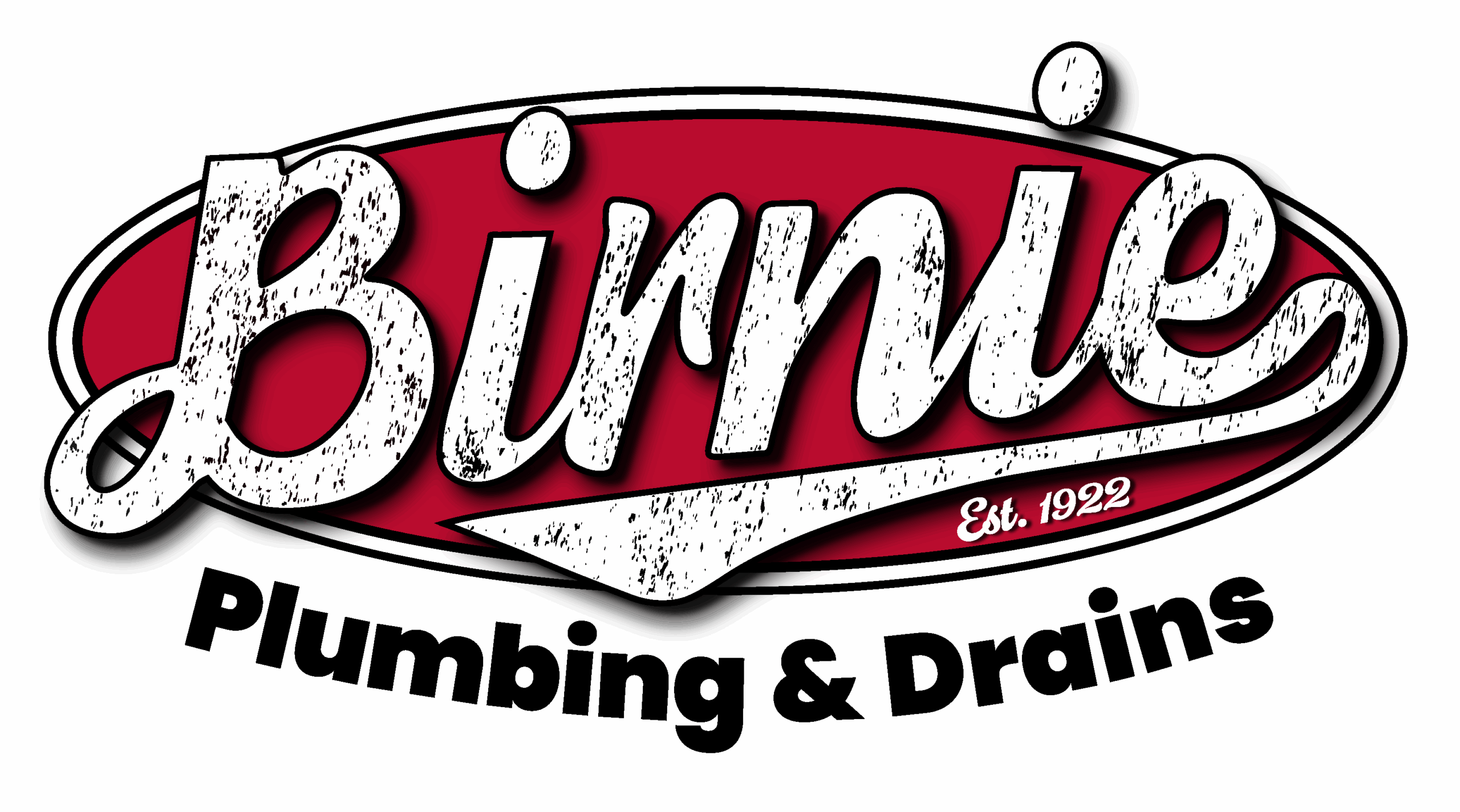Sewer Line Repair vs. Replacement

“No, your sewer line can’t be repaired; we’re going to have to replace it” are words no homeowner wants to hear. Replacing a sewer line is more straining for the wallet, and it takes more time than repairing a sewer line, but it’s sometimes a necessary expense. You’ll be happy to learn that sewer line replacement is not the default solution for all issues with your pipes, and in this article, we’ll break this problem down and learn when is sewer line repair a valid solution and how sewer lines clog and break!
Signs That Your Sewer Line Needs Repairs or Replacing
There are many clear signs that your sewer line requires an inspection, and if more than one of these occur at once, it’s all but guaranteed that your sewer line will need some work. An unbearable smell inside the home, most often in the basement, is one of the most common signs of a broken sewer line. It can also happen when a sewer line is simply backed up, so there’s no reason to panic, but an inspection may be necessary. Another telltale sign of a sewer line problem is constant clogging. If your toilet seems to clog for no reason, even after you’ve tried snaking it, it’s possible that your sewer line is causing the clog. A similar thing can happen to other drains in the home, and if it happens in several drains at the same time, it’s almost definitely caused by the sewer line.
The breaking of a sewer line often causes the growth of mould on the walls (this can happen if any pipe breaks in the home), and it’s often followed up by rodents (mice and rats) and cockroaches. These animals are often found in the sewers, and if there’s a break in the line, they can use it as an entry point. Since most sewer lines run under the foundations of a home, if the break goes untreated for too long, the water may cause the foundations to crack. A broken sewer line can also cause cracks in driveways and pathways.
What Causes a Sewer Line to Break or Clog
There are many different ways to break a sewer line, and a break often occurs because of a combination of different forces, not just a single cause. The first thing to keep in mind is deterioration of a sewer line due to chemical treatments and corrosion. Pipes corrode from acids produced in the sewers themselves. Since many people use chemical treatments to unclog drains, they can exacerbate corrosion, making it easier to crack open your sewer line or, in some cases, open the sewer line on its own. Then, we have tree roots, which grow downwards, wrap around the sewer line, and break into them. This can happen even without corrosion, as tree roots are much stronger than people think.
We also find earth moving is a common cause of broken pipes. Heavy-duty construction equipment and vehicles can move the soil so much that it disjoints the pipes, opening them up. It’s also possible for your sewer line to break because it was improperly installed (which is no fault of your own). Sewer lines are usually installed at a downward slope to ensure proper flow, but mistakes can be made, and if a sewer line is installed at an upward slope, it becomes prone to a buildup of waste, which will break the pipes open. Speaking of waste buildup, that can definitely crack a sewer line, especially if the pipe is corroded! Grease and fat, for example, become dense when you flush it down the toilet or pour it down your sink, which causes a buildup of it in the sewer pipes.
All of these things can crack your sewer lines, and in that case, you’re going to need sewer line repair or replacement.
Sewer Line Repair vs. Replacement – What Do I Need?
Sewer line repair is cheaper than sewer line replacement – that should come as no surprise. However, not all issues can be fixed, as some breaks in the sewer lines cause so much damage that you simply have to replace a part of the pipe (or, in the worst-case scenario, several pipes). In case there’s a minor crack, often caused by corrosion, it’s possible to repair the pipe with a lining technique, but extreme corrosion can destroy the pipe to the point where replacement is the best solution.
There is no rule of thumb here; it’s impossible to know whether you need a sewer line repair or a replacement without inspecting the sewer lines. After conducting an inspection, usually with a sewer camera, identifying the problem and estimating the damages, we can offer a final solution. Ideally, the problem is something minimal, and the lines are easy to fix, which is both quicker and cheaper than replacing them. However, if there’s substantial damage to the lines, it’s more affordable and better for the long-term to replace them than to keep patching them over and over (otherwise, you’re probably looking at frequent visits from the plumber).
Think You Might Need Your Sewer Line Repaired or Replaced?
Do you think your sewer line may be broken, and you need someone to fix it? Make an appointment now, and we’ll get in touch as soon as possible!

